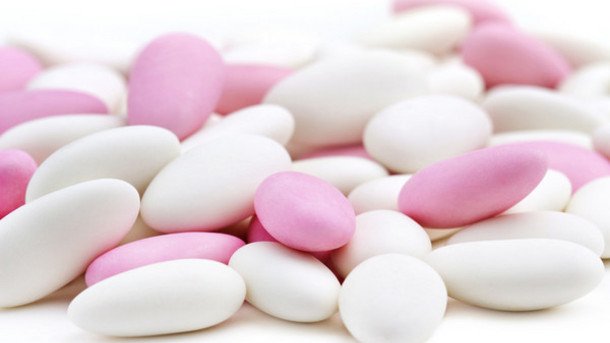 A recent study into the effects of titanium dioxiode consumption has shown that the mineral-based food additive has the ability to cross the intestinal barrier as nanoparticles.
A recent study into the effects of titanium dioxiode consumption has shown that the mineral-based food additive has the ability to cross the intestinal barrier as nanoparticles.
Titanium dioxide, or E171 as it appears on most food labels, is an inactive, insoluble additive used as a whitening agent for confectionary and other foods.
The mineral sands product, made from refining ilmenite and rutile, is also used for whitening paint and bathroom tiles and fixtures, cosmetics, toothpaste, and is a key ingredient in many sunscreens.
Researchers from INRA (French National Institute for Agricultural Research) studied the effects of oral exposure to E171, and observed immune system disorders linked to the nanoscale fraction of titanium dioxide, New Food Magazine reported.
Findings showed that chronic oral exposure to the additive “spontaneously induced preneoplastic lesions in the colon, a non-malignant stage of carcinogenesis,” in 40 per cent of laboratory rats used in the study.
The study results do not yet apply to humans, given that the rats were exposed to human-sized doses of E171 , around 10mg per kilogram of bodyweight.
The study was published in the 20 January 2017 issue of Scientific Reports, and financed by the French Agency for Food, Environmental and Occupational Health & Safety.

